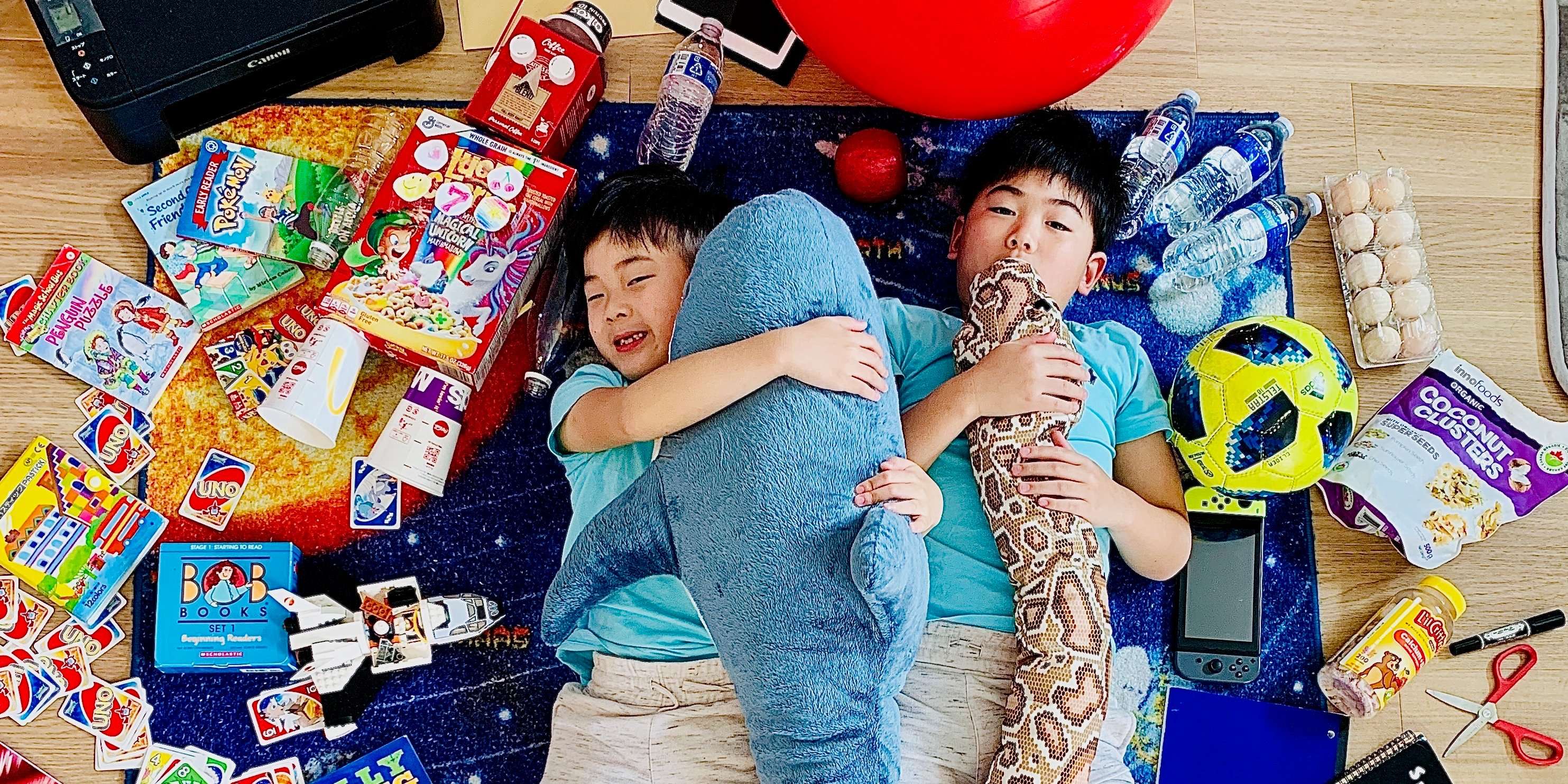
There are so many subjects that, at first glance, would seem difficult to teach in a virtual world—some that come to mind are chemistry, physical education, and music. Although there were many challenges, NIS teachers learned that for online learning to be successful for all students, flexibility and adaptability were key.
One of the particularly difficult subjects to teach online is visual arts. In the physical art classroom, students have access to a variety of tools and supplies. Teachers are able to explain techniques and provide guidance if needed. So, how to foster creativity through a computer screen? Creatively, of course! New tools such as a program called Padlet helped teachers organize and curate student work. Another important ingredient was the participation of parents who helped make spaces that inspired, collect materials, or document their work for collaborating in class.
One project that shows how visual arts learning came to life happened in the 11th week of learning from home. Naomi F., the Primary Art Teacher, challenged her students to reflect on their online learning experience and create a “Virtual Learning Portrait.” The project was inspired by photographer Gregg Segal, a professional photographer that uses photography as a medium to explore culture and society. He has two notable and interconnected projects called ‘7 days of Trash’ and ‘Daily Bread’ that portray how our consumption is affecting our bodies and planet.
The students needed to depict what learning at home looked like for them. They gathered such things as their learning materials, items from their learning spaces, and other objects that reflected their interests and personalities. Then they had to arrange everything, including themselves, into an aesthetically interesting setting! The results were so inspiring and showed how the students have been learning and dreaming from home.
This project was one of the many examples of how creativity flourished despite being separated by a computer screen. NIS art teachers found ways to inspire the students to find their unique creative process from within, and uncover the resources they had at their fingertips. The results were pure magic!



